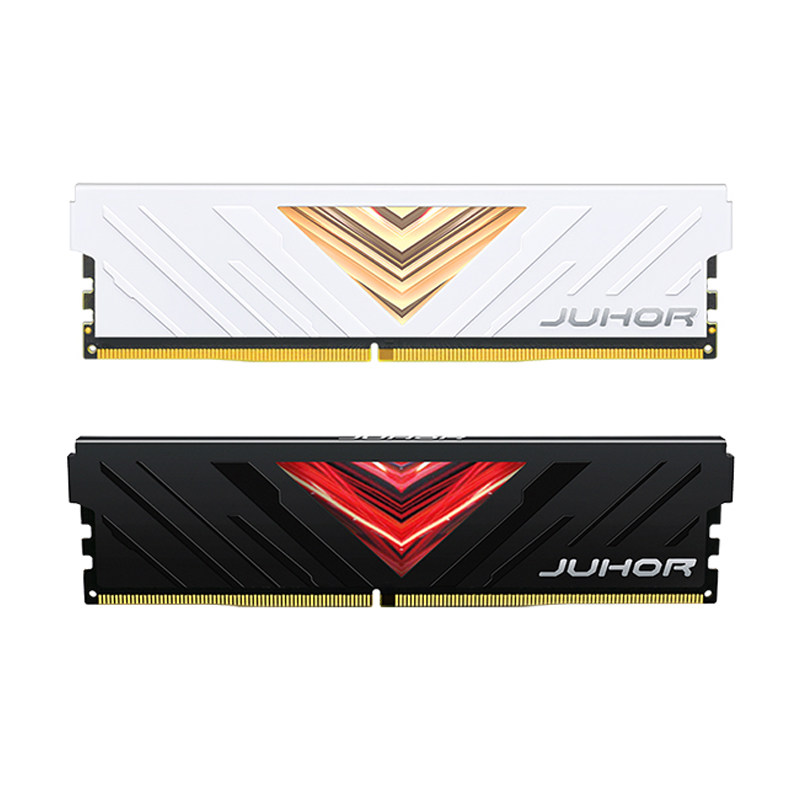For gamers, every millisecond counts. Faster loading, smoother frame rates, and more stable gameplay all depend on memory performance. However, with so many RAM options available, players often ask the same question: Should you choose high-frequency RAM or low-latency RAM for the best gaming experience? Understanding how these two factors work will help you make the right choice.
Memory frequency, measured in MHz (e.g., DDR4-3200 or DDR5-6000), shows how many data transfer cycles the RAM can complete per second. Higher frequency means higher memory bandwidth, allowing more data to be processed at once—just like a wider highway lets more cars pass simultaneously.
Modern DDR5 gaming RAM has pushed frequencies to new heights. Mainstream models run between 5600 MHz and 6400 MHz, while high-end kits can exceed 8000 MHz. This increase is great for games with heavy textures, large maps, or open-world environments, as more data can be loaded quickly, reducing lag and stutter.

Latency determines how quickly the memory responds to a request. It is usually shown as numbers like CL16-18-18-38, with the first number (CAS Latency or CL) being the most important. Simply put, the lower the latency, the faster the response.
However, high frequency and low latency rarely go together. For example, DDR4-3200 CL16 has faster response times than DDR5-6000 CL30, even though DDR5 has higher bandwidth. Some premium kits achieve both, but they are much more expensive, which may not be practical for most gamers.
The right choice depends on your gaming style and system setup:
Games like CS2 and Valorant rely on fast reactions and complex physics calculations. Low-latency RAM can slightly improve frame rates and input response, giving you a competitive edge.
If you mainly play visually demanding AAA games, high-frequency RAM handles large textures and open maps better, offering smoother gameplay and shorter loading times.
For systems with integrated GPUs, RAM performance directly affects graphics processing. Higher memory bandwidth significantly boosts frame rates because the GPU shares system memory for textures and frame data.
If your budget allows, go for high-frequency, low-latency DDR5 RAM for the best overall performance.

To get the most out of your gaming setup, keep these tips in mind:
Capacity First – 16 GB is the minimum for gaming; 32 GB is recommended for AAA titles and future upgrades.
Check Compatibility – Ensure your motherboard and CPU support your chosen frequency and XMP/EXPO profiles.
Enable XMP/EXPO – It automatically overclocks RAM to its rated speed for better performance.
Choose Good Cooling and Design – Heat spreaders and RGB lighting not only keep RAM cool but also improve your gaming rig’s appearance.
In short:
Esports players → prioritize low latency.
AAA and iGPU users → choose high frequency.
High-budget gamers → go for high frequency + low latency premium kits.
Choosing the right gaming RAM based on your needs will help you unlock smoother gameplay, faster response times, and an overall better gaming experience.
At Juhor Precision Technology, we specialize in high-performance DDR4 and DDR5 gaming memory and SSD solutions designed for esports, AAA gaming, and industrial applications. As a national high-tech enterprise with advanced R&D and strict quality control, we are committed to delivering high-quality, reliable, and cost-effective storage solutions.
Upgrade your gaming experience today – choose Juhor for professional memory solutions!